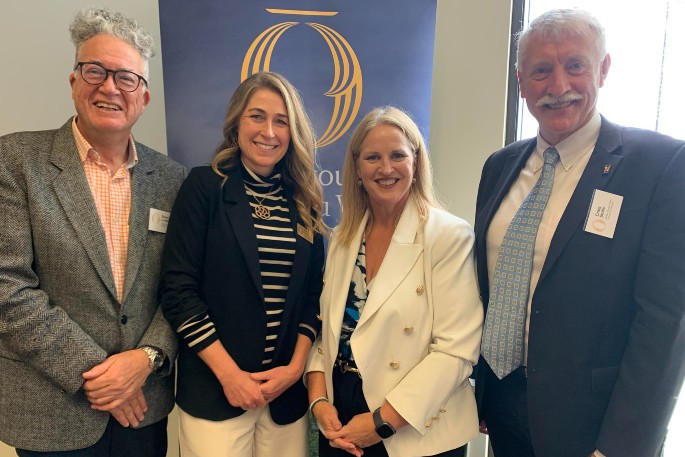This Content Is Only For Subscribers
The Otago Tourism Policy School held its annual summit at the beginning of April, focusing on potential solutions to challenges faced by the industry.
“The Department of Tourism instigated the development of the Tourism Policy School, which was led by Honorary Professor James Higham for the first time in 2019,” says University of Otago – Ōtākou Whakaihu Waka Department of Tourism head of department Associate Professor Anna Carr.
“This event is designed to bring leading voices in tourism industry and associated governmental interests together to deal with some of the biggest challenges facing tourism.
“It attracts international speakers and industry representatives throughout the tourism, government and not-for-profit sector alongside academics.
“There are also free open community talks delivered as part of TPS.”
This year’s summit looked at how community support for tourism in Queenstown has fallen from about 80 to 20 per cent, according to figures from Destination Queenstown, as the tourism hot-spot grapples with infrastructure issues alongside growing tourism numbers.
Executive chair and CEO of the Remarkables Park Group, Alastair Porter, told delegates he expects tourism will be New Zealand’s highest export earner in future and supports the Government’s ambitious tourism growth goals.
However, Alastair says a key part of New Zealand’s appeal is the friendliness of New Zealanders towards visitors. To retain that, he stressed community needs must be a high priority.
“We have to have the infrastructure in place to ensure that the community doesn’t feel that tourism is imposing on them. This is particularly important in Queenstown, in part because one in three international visitors who come to New Zealand come to Queenstown.”
Delegates also heard about The Department of Conservation testing new ways of working to grow visitor numbers at popular tourist attractions in a way that’s safe and sustainable for the environment and for communities.
DOC director-general Penny Nelson says conservation-related tourism in New Zealand is worth about $3.4 billion a year.
“Visitor satisfaction is high, but we still have a lot to do to protect the experiences we’re promising and make sure the environment is looked after,” Penny says.
Research is key to helping solve some of the big issues facing Queenstown, Economic Futures manager Peter Harris told delegates attending the University of Otago’s Tourism Policy School.
It’s no secret that Queenstown faces a number of challenges from a shortage of rental accommodation for workers to roading and transport issues and Peter reiterated the need for research-informed information to help guide the destination into the future.
“Council is grappling with these kind of issues every day at the moment and there is an opportunity for more research-driven policies,” he told those attending the forum.
And New Zealand tourism leaders also heard how Ireland has successfully driven regional dispersal of tourism, spreading the benefits of tourism more widely across the country while taking pressure off historical tourism hot spots.
Paul Kelly, CEO of Ireland’s national tourism development authority Fáilte Ireland showed delegates a heat map of Ireland, which shows that between 2017 and 2023, the number of tourists visiting traditional go-to places in the South of Ireland have been redistributed throughout the country.
Professor Carr says this year’s summit was a “huge success”.
“Planning is already underway for TPS 2026 and the hosting of the international CAUTHE 2028 conference (February 2028) by the department.”
The Otago Tourism Policy School is an annual forum that brings together a wide array of tourism academics, business leaders, policy communities, industry organisations and other interested parties to discuss and debate key challenges and opportunities confronting the tourism industry in Aotearoa New Zealand.



